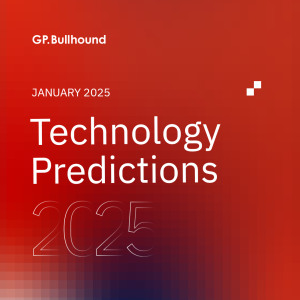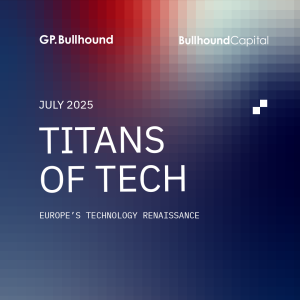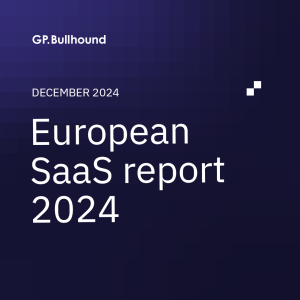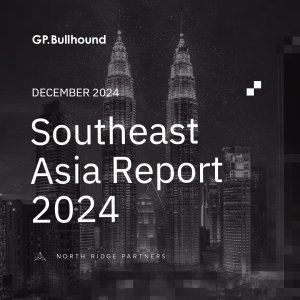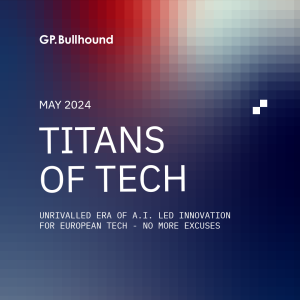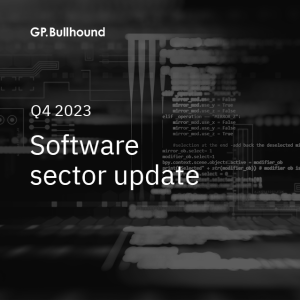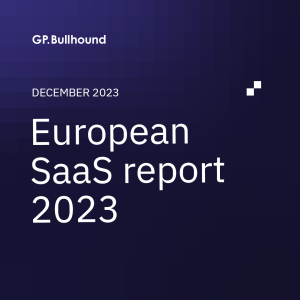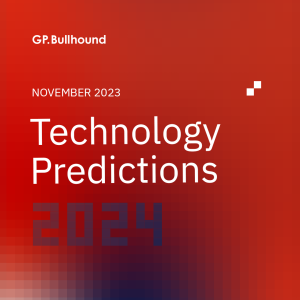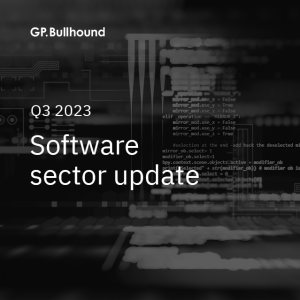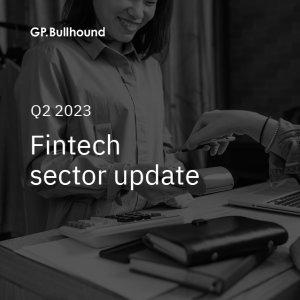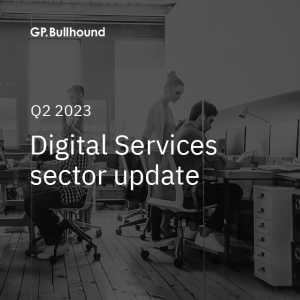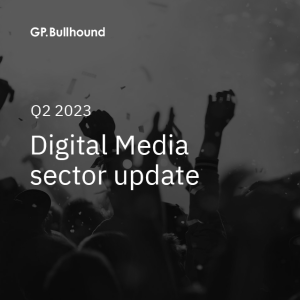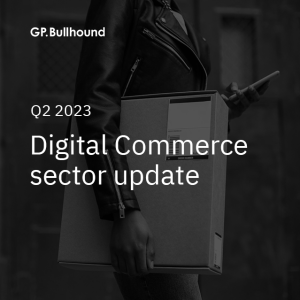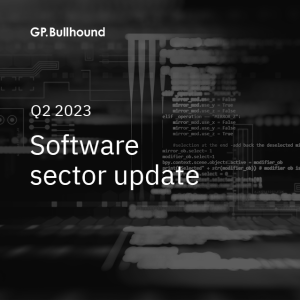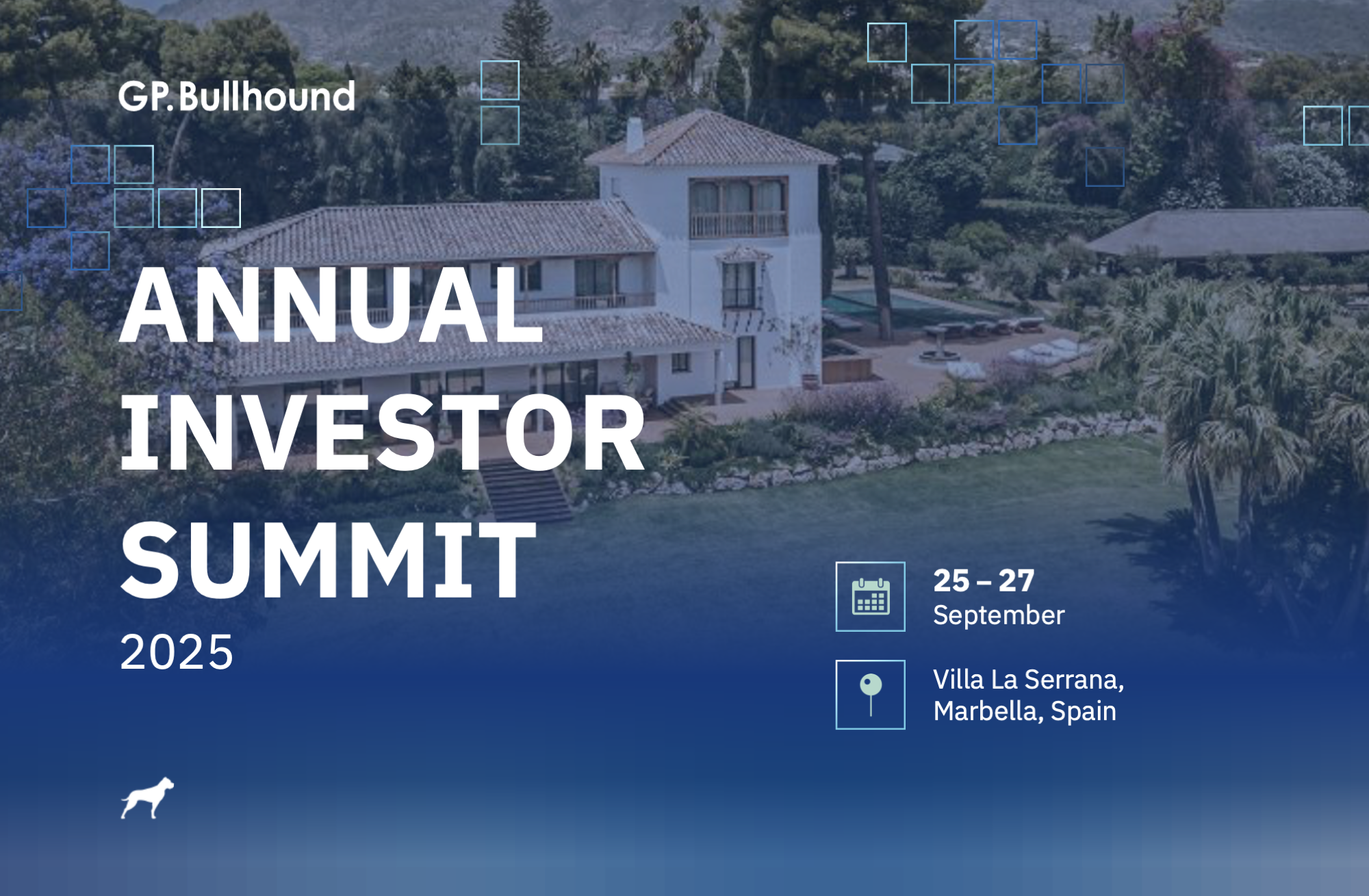Insights
We break down the trends
and crunch the numbers.
You’re welcome.
and crunch the numbers.
You’re welcome.
– Insights
– Opinions
– Thought Leadership
– Reports
– and much more
We don’t believe in protecting wisdom. Instead, our Global Insights team collects and shares all the knowledge, data and perspectives we gather from deals, meetings and events that we engage in every day, all across the globe. Please subscribe to GP Bullhound Global Insights to receive world-class trend reports, sector deep dives and expert comments in your inbox.
– Insights
– Opinions
– Thought Leadership
– Reports
– and much more
September 26, 2024
GP Bullhound releases annual Consumer Subscription Software report
Consumer Subscription Software 2024 – Enhancing Everyday Life.
October 23, 2024
GP BULLHOUND RELEASES NEW QUANTUM TECHNOLOGY REPORT
Quantum Technology – Investing at the Inflection Point
January 09, 2025
GP BULLHOUND RELEASES TECHNOLOGY PREDICTIONS 2025 REPORT
10 Predictions to Drive Technology in 2025
Reports
July 09, 2025
GP BULLHOUND RELEASES ANNUAL REPORT CHARTING THE GROWTH OF THE EUROPEAN TECH ECOSYSTEM
European Tech Reignites: GP Bullhound and Bullhound Capital Launch the 2025 Edition of Titans of Tech Report
March 11, 2025
Integrating AI into business strategy
Beyond the Code – When engineers understand the practitioner
January 09, 2025
GP BULLHOUND RELEASES TECHNOLOGY PREDICTIONS 2025 REPORT
10 Predictions to Drive Technology in 2025
December 03, 2024
GP BULLHOUND LAUNCHES SOUTHEAST ASIA REPORT & OPENS KUALA LUMPUR OFFICE
Unleashing Southeast Asia Tech: Confronting Realities & Lifting Ambitions
October 23, 2024
GP BULLHOUND RELEASES NEW QUANTUM TECHNOLOGY REPORT
Quantum Technology – Investing at the Inflection Point
September 26, 2024
GP Bullhound releases annual Consumer Subscription Software report
Consumer Subscription Software 2024 – Enhancing Everyday Life.
May 24, 2024
GP BULLHOUND RELEASES ANNUAL REPORT CHARTING THE GROWTH OF THE EUROPEAN TECH ECOSYSTEM
Titans of Tech – Unrivalled era of A.I. led innovation for European Tech
March 26, 2024
GP BULLHOUND RELEASES NEW CARBON ACCOUNTING SOFTWARE REPORT
Carbon accounting software: Counting what matters
February 21, 2024
GP BULLHOUND RELEASES ITS GEOSPATIAL INTELLIGENCE REPORT
Geospatial intelligence: From maps to meaning
December 12, 2023
GP BULLHOUND RELEASES EUROPEAN SAAS 2023 REPORT
European SaaS: Resilience through tough markets
November 09, 2023
GP BULLHOUND RELEASES ITS TECHNOLOGY PREDICTIONS 2024 REPORT
Ten trends to drive technology in 2024.
September 19, 2023
GP Bullhound releases annual Consumer Subscription Software report
Consumer Subscription Software 2023 – Enhancing Everyday Life.
July 20, 2023
GLOBAL DIGITAL SERVICES MARKET PERSPECTIVES Q2 2023
Q2 2023 insights into Digital Services.
July 20, 2023
GP BULLHOUND DIGITAL MEDIA MARKET PERSPECTIVES Q2 2023


